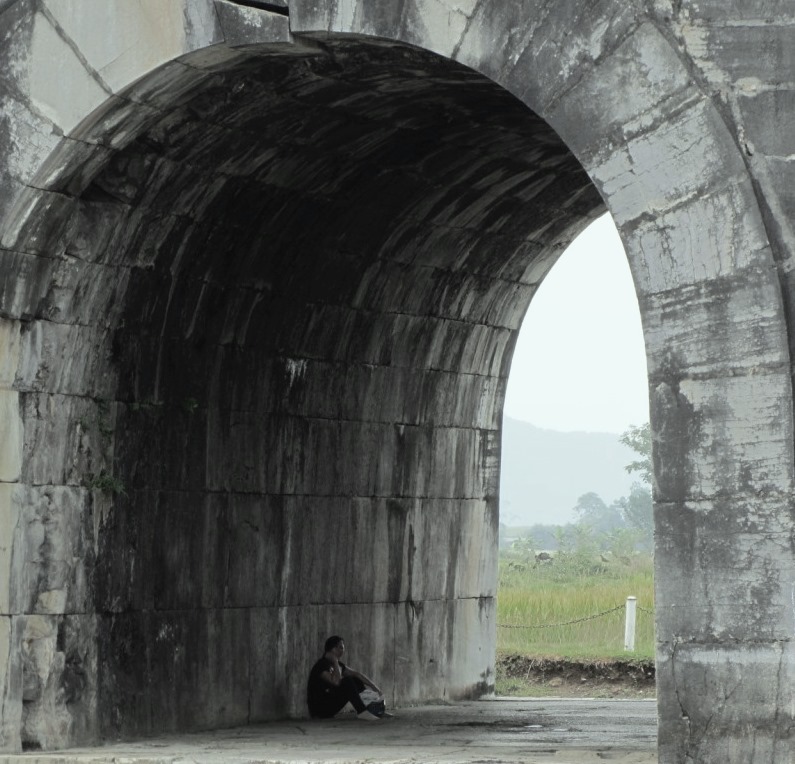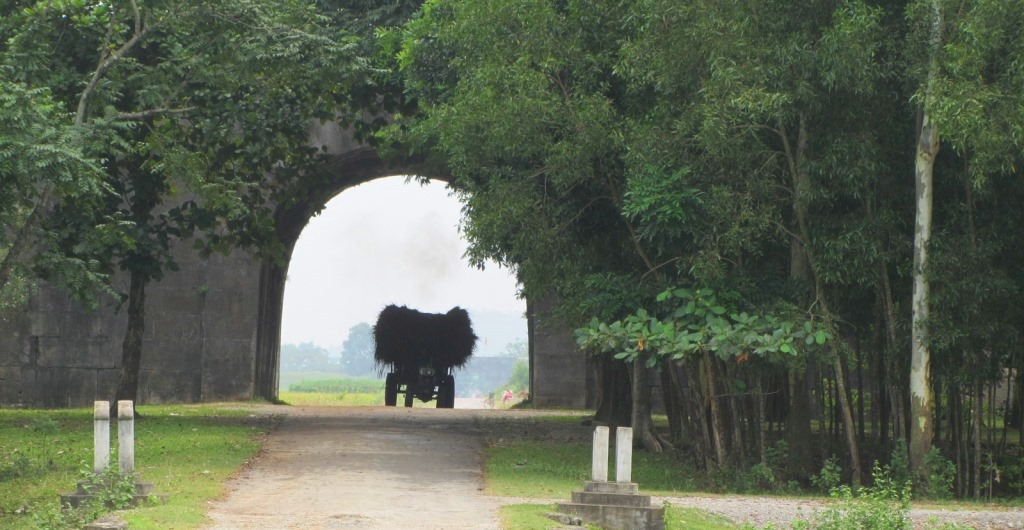Tailor Made Holidays with our travel experts
We'll do our best to call you within 48h

Ho Citadel dates from 1397, when Vietnam was in a state of transition from the Trần Dynasty to the Hồ Dynasty. Hồ Qúy Ly, founder of the Hồ Dynasty, moved the capital from Thăng Long (present day Hanoi) and renamed Vietnam (then known as Đại Việt) to Đại Ngu, which means Land of Eternal Peace. However, the peace didn’t last long, as a Ming invasion from China in 1407 led to the occupation of Đại Ngu and the defeat of Ho Citadel, along with the dynasty that constructed it. One of Vietnam’s most celebrated heroes, Lê Lợi, fought a guerilla war against the Chinese, finally kicking them out and regaining independence in 1427. From then on, Ho Citadel became a centre of culture and was used by several royal dynasties as a fort, before losing its status in the 18th century.
We’ve visited Ho Citadel several times. we enjoy its abandoned feel and the work that goes on in the fields around it; farmers apparently oblivious that their crops grow in the midst of a former royal capital. The setting is very pleasant, and local people are exceptionally polite and warm. Perhaps this has something to do with the principles of feng shui (‘geomancy’ or ‘phong thủy’ in Vietnamese) which dictated where the citadel should be situated. Built within the ‘V’ shape formed by the convergence of two rivers, the Mã and Bưởi, Ho Citadel is surrounded on all sides by several small hills, while the land immediately around the structure is a flat, fertile plain. Whatever the subtleties and mysteries of feng shui it certainly has some practical benefits too: the large rivers both had ports which could serve the citadel and they allowed access both to the ocean in the east and the forests and mountains in the west. The hills provided protection and their limestone was quarried to build the citadel and other structures. The outer walls, which still exist a couple kilometres from the citadel, linked with the rivers and hills to form a protective boundary of water and earth. The flat plain within the outer walls could be used to grow crops and feed the population.

Located near the town of Vĩnh Lộc in Thanh Hóa Province, Ho Citadel can be reached by several rural back-roads. Although the enclosure is very large (close to 1km2) it’s not immediately visible, especially if you arrive at either the north, east or west gates (the south gate being the main entrance). From some positions the wall is so overgrown it’s almost indistinguishable from the farmland it abuts. The main entrance (10,000vnđ) is through the south gate, where there are guides available and a small museum. The latter tries very hard – with English language labels and information boards – but doesn’t amount to much more that bits and pieces of pottery, cannonballs, bricks and tiles. The other gates also have small ticket offices, but most of the ticket inspectors seem to be either asleep or drunk and drowsy. If you avoid weekends and public holidays chances are you’ll have the whole citadel to yourself, making you feel as though you’re the first foreigner to have stumbled upon these imperial ruins.
Enter the enclosure through the impressive and sturdy-looking arches at any of the four gates. You can walk, drive or cycle through the arches into the citadel and all around the perimeter of the walls. Inside the complex there are acres of rice fields and lotus ponds, still bisected by pathways according to the layout of the old citadel streets; buffalo, oxen and farmers go about the harvest on what was once the royal road. The walls and gates are easily climbed – there’s nothing to suggest this is not allowed – and you can walk around the entire citadel like this if you choose. The walls are made of mighty stone blocks almost a metre in length, and it’s difficult to see how they could ever have been breached. There are other sites from this period in the area, including Nam Giao Altar, used for heaven worship. It can get very humid inside the citadel complex, even as thunder rumbles all around.
Ho Citadel is a quiet, pretty, intriguing and bizarre site, and one that ties in nicely if you are on the Limestone Loop or the Ho Chi Minh Road. Although the ruins are not spectacular, the absence of fanfare and the informality of a visit to Ho Citadel is a breath of fresh air when compared to historical sites in Europe.